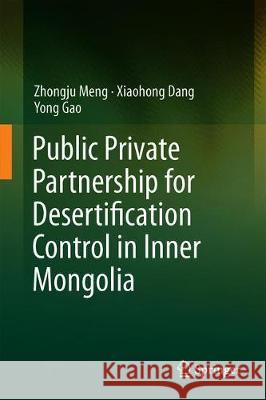Public Private Partnership for Desertification Control in Inner Mongolia » książka
topmenu
Public Private Partnership for Desertification Control in Inner Mongolia
ISBN-13: 9789811374982 / Angielski / Twarda / 2019 / 237 str.
Public Private Partnership for Desertification Control in Inner Mongolia
ISBN-13: 9789811374982 / Angielski / Twarda / 2019 / 237 str.
cena 402,53
(netto: 383,36 VAT: 5%)
Najniższa cena z 30 dni: 385,52
(netto: 383,36 VAT: 5%)
Najniższa cena z 30 dni: 385,52
Termin realizacji zamówienia:
ok. 22 dni roboczych
Dostawa w 2026 r.
ok. 22 dni roboczych
Dostawa w 2026 r.
Darmowa dostawa!
Kategorie:
Kategorie BISAC:
Wydawca:
Springer
Język:
Angielski
ISBN-13:
9789811374982
Rok wydania:
2019
Wydanie:
2020
Ilość stron:
237
Waga:
0.64 kg
Wymiary:
23.5 x 15.5
Oprawa:
Twarda
Wolumenów:
01











